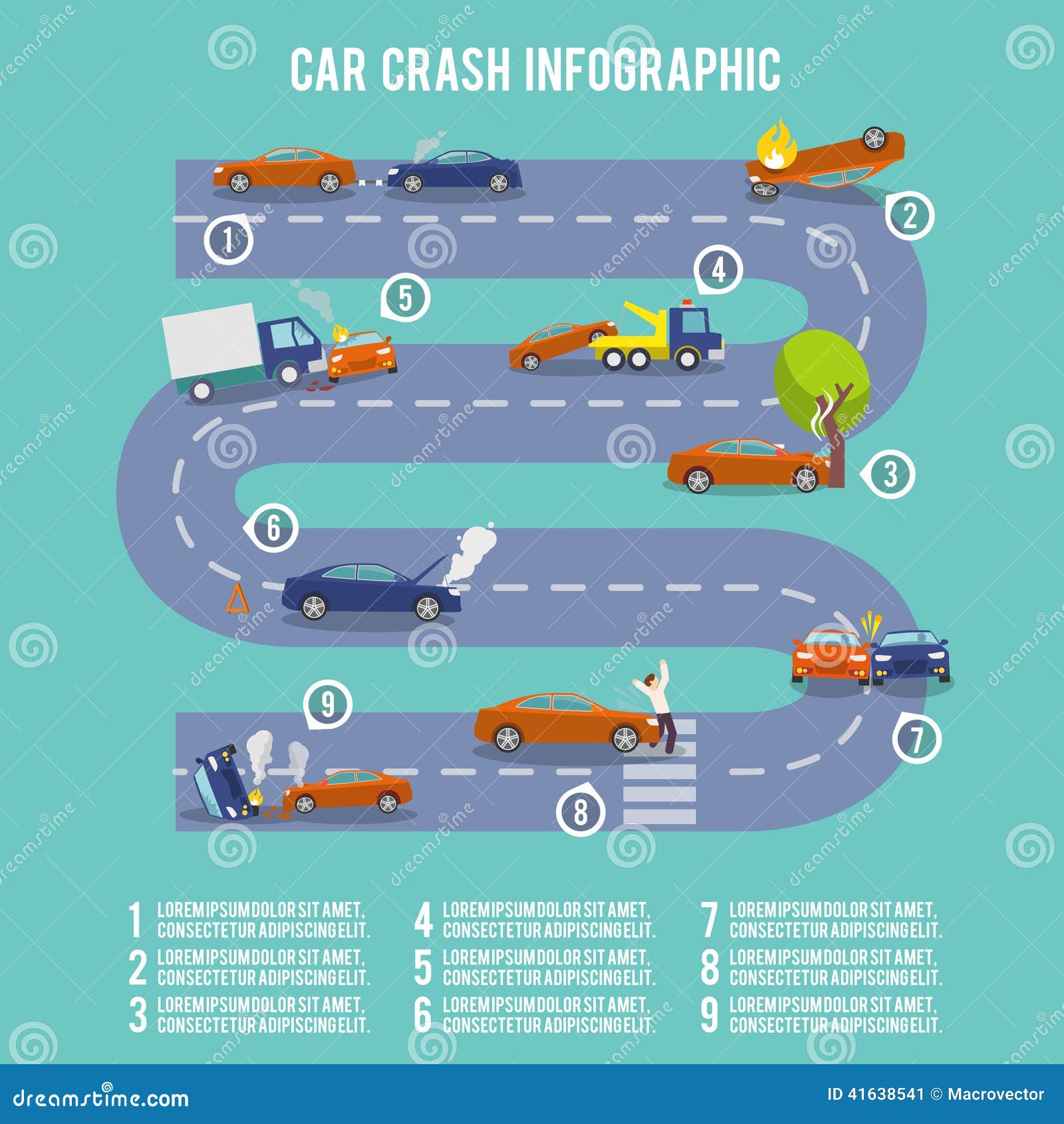A Novice'S Guide To Recognizing Your Car'S Caution Lighting
A Novice'S Guide To Recognizing Your Car'S Caution Lighting
Blog Article
Content Produce By-Udsen Isaksen
When you're behind the wheel, those little caution lights on your vehicle's dashboard can be fairly bewildering. What do they suggest, and should you be worried? Recognizing cost of brake repair is vital for your automobile's health, yet it does not need to be an overwhelming task. By deciphering the enigma behind each light, you'll be equipped to take care of prospective concerns effectively and maintain your cars and truck running efficiently. So, following time a warning light flashes, don't panic - arm on your own with knowledge and take control of the scenario.
Significance of Vehicle Warning Lights
Comprehending the significance of your auto's warning lights is crucial for keeping your car's health and wellness. These lights act as your vehicle's communication system, informing you to possible problems that can threaten your safety when traveling or cause expensive repair work if overlooked. By taking notice of these cautions, you can resolve troubles early and avoid further damage to your lorry.
Neglecting advising lights can result in serious effects, such as engine failure, brake breakdowns, and even mishaps. These lights are designed to inform you of problems ranging from low tire stress to engine malfunctions, giving you the opportunity to act before the situation intensifies. Consistently inspecting and recognizing these warnings can conserve you time, cash, and ensure your safety while driving.
In addition to maintaining you secure, responding promptly to alerting lights can also assist extend the lifespan of your vehicle. By addressing issues at an early stage, you can protect against little issues from intensifying right into significant repair services, eventually saving you money and time in the long run. Bear in mind, your vehicle's warning lights are there for a reason - do not disregard them!
Common Caution Lighting and Meanings
When it comes to driving your auto, recognizing typical caution lights and their definitions is important for your safety and security and automobile maintenance. Here are a few usual warning lights you may run into:
1. ** Examine Engine Light **: This light suggests a problem with your engine. It could be something small like a loose gas cap or something much more severe like engine misfiring.
2. ** Battery Light **: This light signals an issue with your vehicle's billing system. It could show a faulty battery, alternator, or various other associated components.
3. ** Oil Stress Light **: When this light comes on, it indicates your engine may be running low on oil or experiencing low oil stress, which can cause engine damage otherwise addressed quickly.
4. ** Brake System Light **: This light suggests a concern with your braking system. It might imply reduced brake fluid degrees or an issue with the brake system that calls for immediate attention.
Comprehending these usual caution lights will assist you determine possible problems beforehand and avoid even more considerable troubles later on.
How to Reply To Caution Lights
In case a caution light illuminates on your cars and truck's control panel, it's critical to respond without delay and properly. When a caution light comes on, the primary step is to consult your owner's guidebook to comprehend the certain problem shown by the light.
Some lights need instant focus, while others may suggest a much less urgent matter. If the caution light is red or blinking, it's typically a sign of a major trouble that requires immediate activity. In such instances, it's advisable to pull over safely, shut off the engine, and seek specialist aid.
For yellow or orange caution lights, while they may not call for instant attention, it's still crucial to address the hidden issue quickly to prevent additional damage. visit the website and assessment can aid stop warning lights from beginning unexpectedly.
Final thought
In conclusion, recognizing your auto's caution lights is crucial for maintaining your car's health and wellness. By routinely examining and replying to these warnings, you can resolve potential issues early and stop pricey repair services or safety and security threats. Bear in mind to consult your owner's guidebook for info on different caution lights and always take immediate activity for red or flashing lights. Remain proactive and keep your cars and truck running smoothly!
